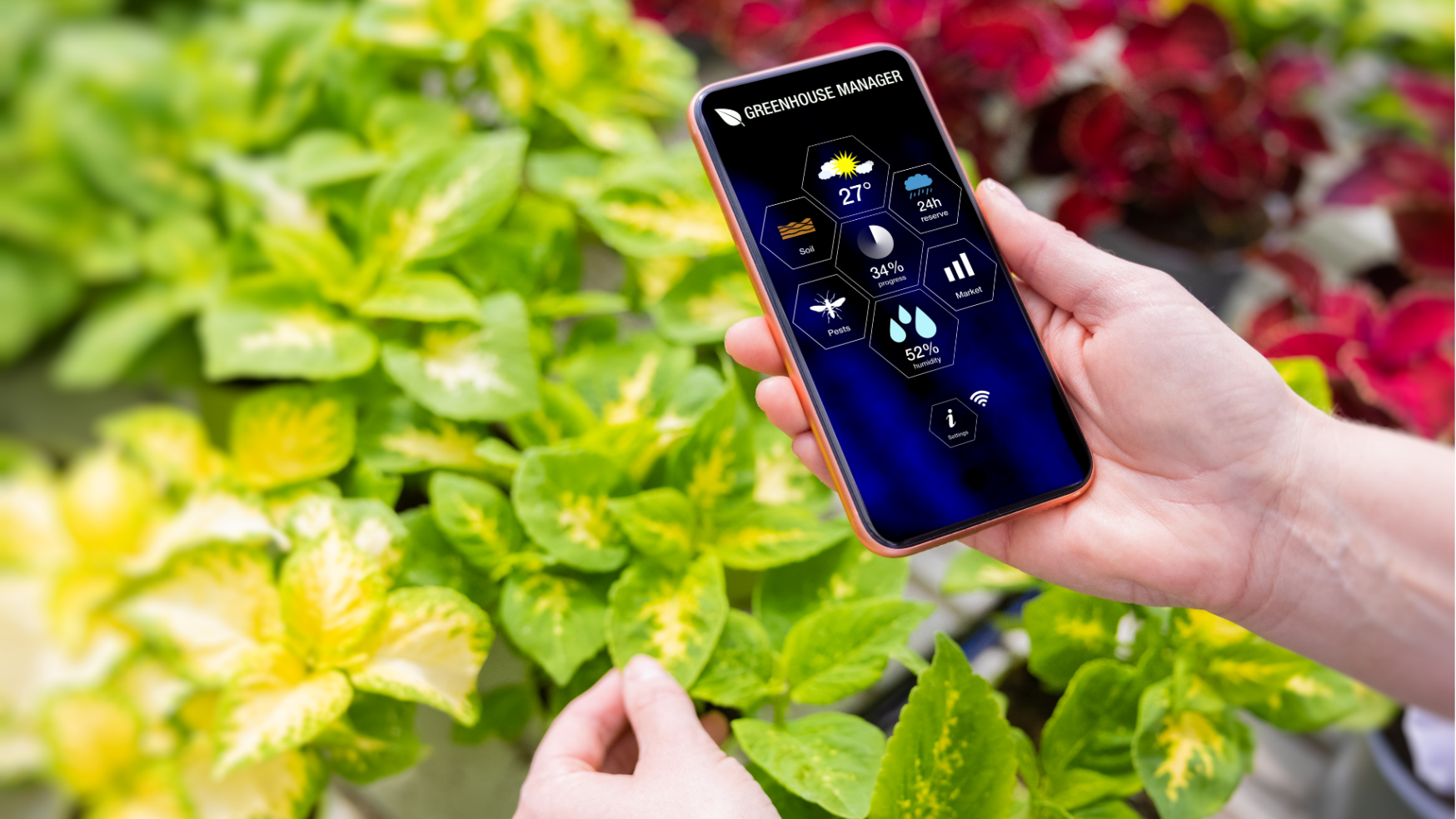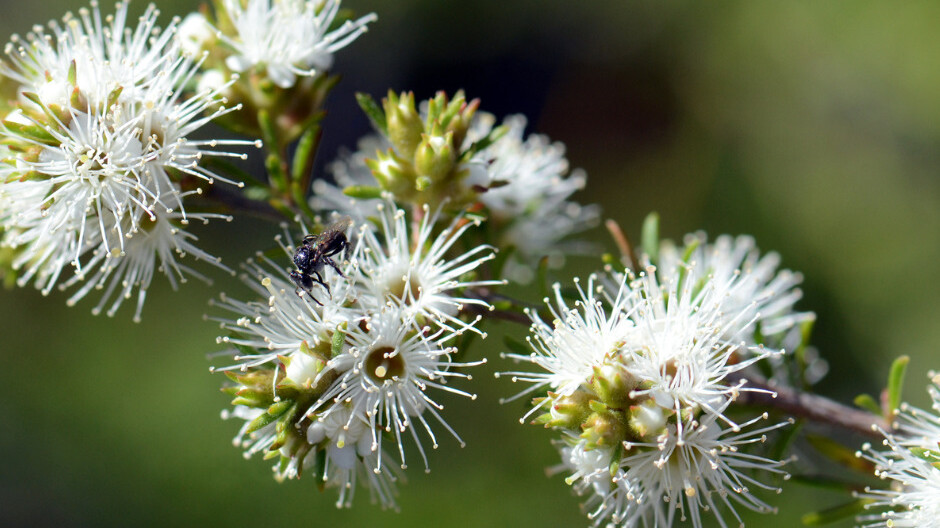As our cities are densified, street gardening on nature strips and verges can make important contributions to biodiversity, beauty, increasing carbon dioxide uptake, working with neighbours and building community. An enthusiastic innovator, Emma Cutting, founder and CEO of The Heart Gardening Project, tells us the why’s and the how’s. She writes:
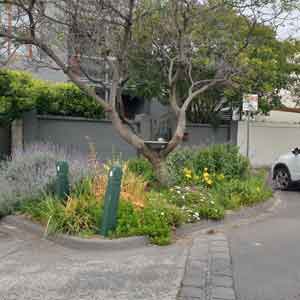 “Street gardening is something I have been doing for a long time now – since about 2015 – and I love it! Such a sense of fulfilment from connecting humans to humans, humans to nature and nature to nature has completely changed my way of thinking about the city- for the better! My street gardening is built on the foundations of gardeners that have been in our street for decades and, indeed, street gardening is something that a lot of people do…..yet I feel it still remains a largely untapped goldmine of positive change being massively misunderstood, underrated and underutilised.
“Street gardening is something I have been doing for a long time now – since about 2015 – and I love it! Such a sense of fulfilment from connecting humans to humans, humans to nature and nature to nature has completely changed my way of thinking about the city- for the better! My street gardening is built on the foundations of gardeners that have been in our street for decades and, indeed, street gardening is something that a lot of people do…..yet I feel it still remains a largely untapped goldmine of positive change being massively misunderstood, underrated and underutilised.
Adrian Marshall, a landscape architect who wrote his Phd on gardens in public spaces, says in his article in The Conversation
“In Melbourne…more than a third of all public green space is nature strips (that figure includes roundabouts, medians and other green bits of the street.)” and, in particular, he found “road easement” green space (what most councils in Australia know as nature strips or verges) constituted 7.0% of land cover”.
Massive!
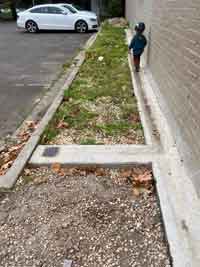
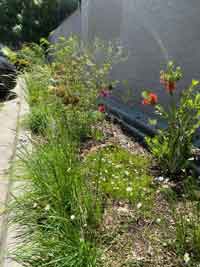
Most of what is there is dirt, grass, weeds and trees. Think about our mammoth urban environmental problems such as the heat island effect and water retention, mental health issues and how urban biodiversity destruction. If we were to turn that dirt, grass and weeds into joyful, wriggling, buzzing beauty on that huge % of public land then we will be addressing those massive problems and many more! Street gardening is a complete no-brainer and we have to get out there and, within local council constraints, create gardens in these spaces.
Street gardening is not guerrilla gardening
Though there are definite similarities (e.g. both are on public land), the big difference is that guerrilla gardening is defined as gardening done without permission on land which is not your own and street gardening is working out what can be done with permission in public spaces and then doing as much of it as possible – creating positive change, garnering and increasing community support, participation and awareness and therefore pressuring authorities to further free up their street gardening policies and guidelines.
The word “guerrilla” indicates warfare and although it may sound exciting, doesn’t sit positively with many others. Street gardening can be a type of activism – but positive and non-violent – nothing like warfare. Street gardening is working with people, not against them!
However, I have to admit that, because some council guidelines can be a tad unclear, there may end up being hints of guerrilla gardening in street gardening!
Street gardening is not private gardening
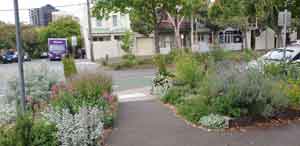 Although a street garden can be close to a front yard, they are very different. One is public land and one is private and approaching both with the ‘private land approach’ simply doesn’t work. When people think like this, crankiness brews. Such street gardeners tend to tend to be more concerned with public land challenges like trampling (by humans and dogs), littering, theft and dog poo and to focus their time and energy on these, having little time to embrace the many positives that can come out of their street gardening efforts. They also tend to get cranky around what can’t be done rather than focussing on what can be done – what a shame!
Although a street garden can be close to a front yard, they are very different. One is public land and one is private and approaching both with the ‘private land approach’ simply doesn’t work. When people think like this, crankiness brews. Such street gardeners tend to tend to be more concerned with public land challenges like trampling (by humans and dogs), littering, theft and dog poo and to focus their time and energy on these, having little time to embrace the many positives that can come out of their street gardening efforts. They also tend to get cranky around what can’t be done rather than focussing on what can be done – what a shame!
Street gardening is….?
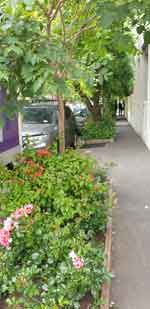 Looking up the meaning of street gardening the other day and finding nothing prompted me to write something myself. This is a combo of many years of mulling, learning, experiencing, chatting, listening and gardening.
Looking up the meaning of street gardening the other day and finding nothing prompted me to write something myself. This is a combo of many years of mulling, learning, experiencing, chatting, listening and gardening.
Street gardening is creating a garden in a public space (often by a resident outside their home) combining site awareness, observation and immersion with a particularly determined, generous, positive and community-centred mindset.
This mindset is the key to successful street gardening and I believe you do not need to be a great gardener to be a great street gardener!
To give you an idea of what I mean, here are my top three tips on how to be a great street gardener (from my book, Melbourne Pollinator Corridor Handbook):
- It is not your garden. However much money, time and effort you put in. It is everyone’s and everyone will treat it differently
- Treat people big and small (and their dogs!) how you want your garden to be treated when you aren’t there.
- Do not expect anything from anyone regarding your garden because the moment you do your life won’t be so positive. No expectations means that when anything amazing happens (because it will) you can be grateful.
The raw, positive community power that is generated from street gardening is something special that needs to be harnessed more than ever before. So, if you can get a garden going within your council constraints and try to embrace this mindset (it can sometimes be tricky!), you will be taking part in a generous, positive action and improving your community and this planet. You will see many positive flow-on effects environmental and emotional.
If you can do it, go for it!!”
The Heart Gardening Project is a community initiative that brings humans and nature together through street gardening. See more on the website, and you can purchase a copy of Emma’s book Melbourne Pollinator Corridor Handbook..
SGA always recommends consulting with your local council or relevant owner if you plan to undertake gardening on nature strips or land other than on the property that you own.
References:
Adrian Marshall: Our Land Abounds in Nature Strips. The Conversation.
Adrian J.Marshall, Margaret J.Grose, Nicholas S.G.Williams. 2019. From little things: More than a third of public green space is road verge Urban Forestry and Urban Greening 44: 126423.
Related Articles:
Citizen Science: A Pathway to Gardening Success and Biodiversity Conservation
In recent years, the realm of science has experienced a remarkable transformation, one that invites people from all walks of life to participate…
Wildflower gardens – What’s the buzz about?
In the quest for sustainable and environmentally conscious practices, gardening enthusiasts and nature lovers alike are turning to a time-tested…


